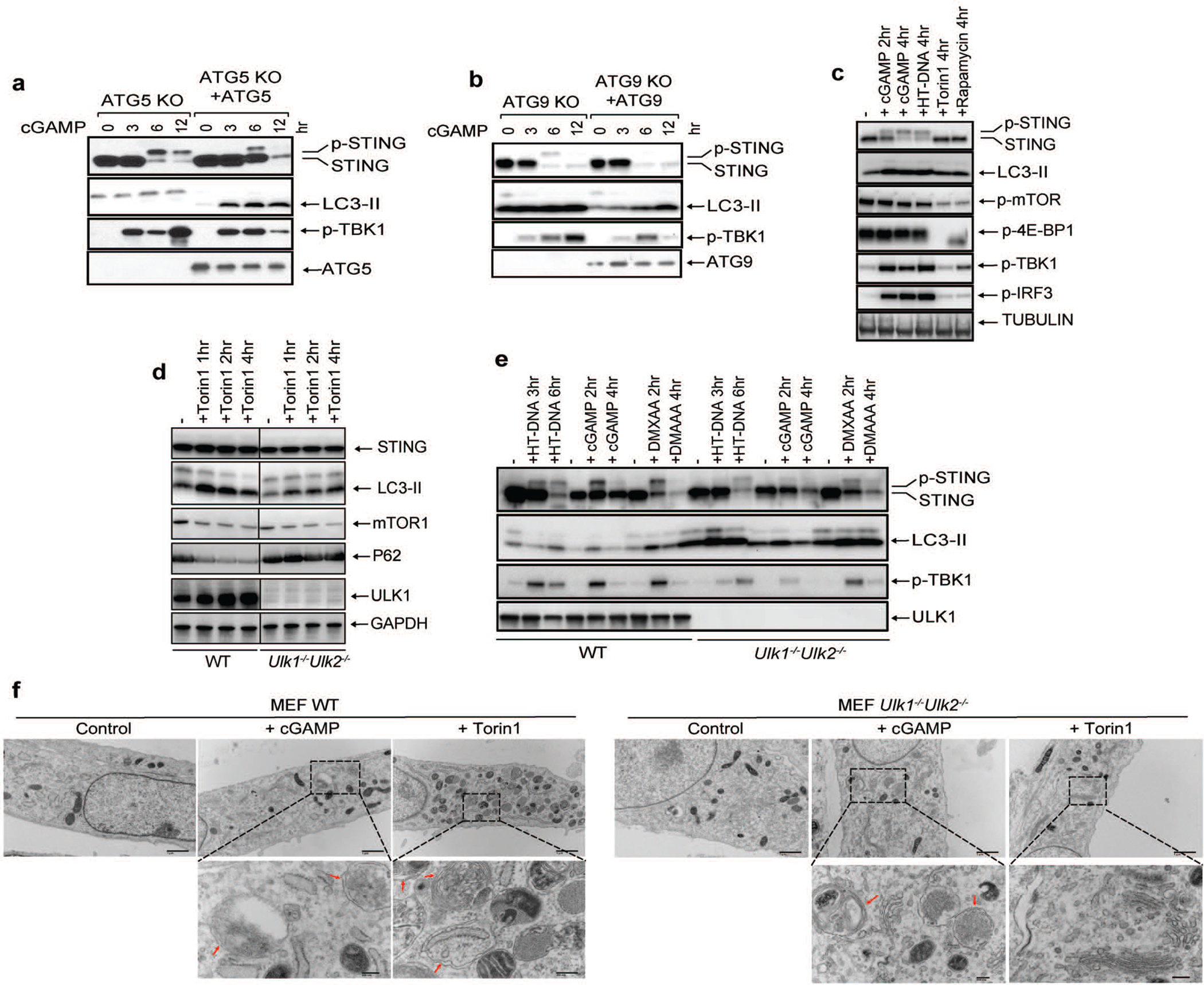Extended Data Figure 6. ULK kinases are dispensable for cGAMP-induced LC3 conversion and autophagosome formation.

a, ATG5 is required for LC3 lipidation but dispensable for STING degradation induced by cGAMP. ATG5−/− or ATG5-reconstituted BJ cells were stimulated with cGAMP for the indicated time followed by immunoblotting of cell lysates. b, ATG9 is dispensable for LC3 lipidation and STING degradation. Atg9−/− or Atg9-reconstituted BJ cells were stimulated with cGAMP for the indicated time followed by immunoblotting of cell lysates. c, STING activation does not induce mTOR inhibition. BJ cells were treated with cGAMP, HT-DNA, Torin 1, or Rapamycin for the indicated time followed by immunoblotting of cell lysates. d, Loss of ULK1 and ULK2 impairs LC3 conversion and p62 degradation induced by mTOR inhibition.. Wild type and Ulk1−/−Ulk2−/− MEF cells were treated with torin1 at the indicated time followed by immunoblotting of cell lysates. e, STING-induced LC3 conversion is independent of ULK1 and ULK2. Wild type and Ulk1−/−Ulk2−/− MEF cells were treated with cGAMP, HT-DNA, or DMXAA for the indicated times followed by immunoblotting of cell lysates. f, Electron micrographs of Wild type and Ulk1−/−Ulk2−/− MEF cells stimulated with cGAMP or Torin1. Boxed areas are enlarged to show double-membrane organelles that represent autophagosomes. Red arrows highlight double-membrane characteristic of autophagosomes in stimulated cells. Scale bar is 1 μm for original picture and 200 nm for the zoomed in picture.
